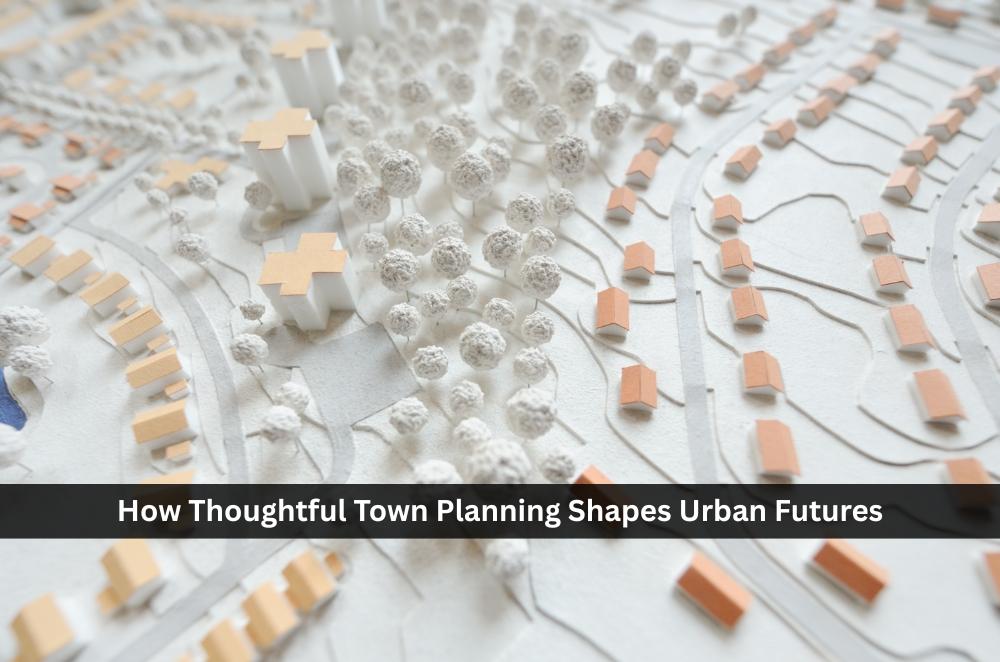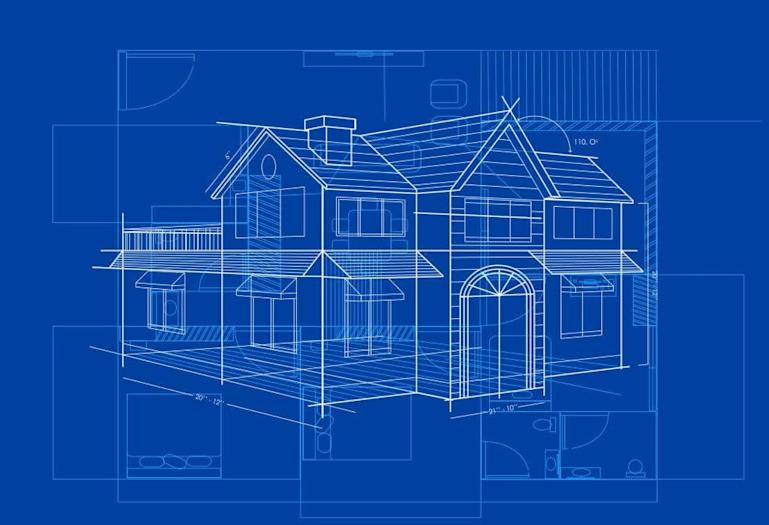How Thoughtful Town Planning Shapes Urban Futures

In growing Australian communities, planning isn’t a drawing exercise; it’s the day-to-day work of shaping how people live. Street layout, building mix, and the small stuff — shade, paths, bike storage — change how a place feels. A town planning service helps line up those choices with what the community actually needs. Done well, it ties transport to homes and jobs, keeps parks within reach, and protects local character without freezing progress. We’ve all walked suburbs that just work; that’s not luck. It’s collaborative planning, backed by evidence and a willingness to listen, that turns blank sites into lived-in neighbourhoods. The result feels practical, human, and future-ready by design.
How does good planning improve liveability?
Good planning improves liveability by putting daily needs within easy reach. It lines up homes, transport, services, and green space so life runs smoothly. That might look like a safe walk to school, a reliable bus every ten minutes, or a pocket park that actually gets used. Get those basics right and the rest follows: quieter streets, local shops that survive, neighbours who meet in real places rather than online only.
-
Short trips for everyday errands
-
Shaded footpaths and safe crossings
-
Parks, sports courts, and play spaces
-
Frequent, connected public transport
It’s a people-first mindset that still respects budgets and land constraints. Over time, smarter town planning helps these choices come together in ways that make communities work better for everyone.
Why does smart growth need innovation?
Smart growth needs innovation because old tools can’t keep pace with population pressures and climate risk. These days, planners test ideas early, fix mistakes before they get built, and use simple data to guide better choices. Things like digital site models, mapping heat across suburbs, and even basic on-street counts all reveal how people actually use space — not just how they’re expected to.
-
Model traffic and access before building
-
Map heat, shade, and tree benefits
-
Test housing mix against services
-
Capture community feedback in real time
Innovation isn’t about chasing gadgets. It’s about cutting waste, trimming long delays, and grounding every step in evidence. When councils and locals share that insight, decisions feel more like common sense than guesswork — and that’s what keeps progress practical.
What defines success in urban projects?
Success in urban projects is defined by long-term value to people and place. If residents can move easily, feel safe, and find work and recreation nearby, the project is doing its job. Strong street edges, workable parking ratios, and trees that survive summer — they’re mundane markers, but they decide whether a precinct endures or frays.
Success also shows up in flexibility: buildings that can change use, streets that welcome bikes without choking traffic, and spaces that invite gatherings as well as quiet. Skilled advisers matter here; the right expertise connects policy to on-ground detail.
Conclusion
Thoughtful town planning isn’t just about buildings or roads — it’s about how people move, meet, and make a life in one place. The role of a town planning consultant is to guide that process with care and a clear vision, turning planning into a quiet force for good that shapes communities to truly work for the people who live in them. Strong planning practice doesn’t chase perfection; it builds places that can grow, adapt, and stay liveable. Each decision, from layout to local policy, adds up to a future that’s more connected, resilient, and distinctly human in scale.








